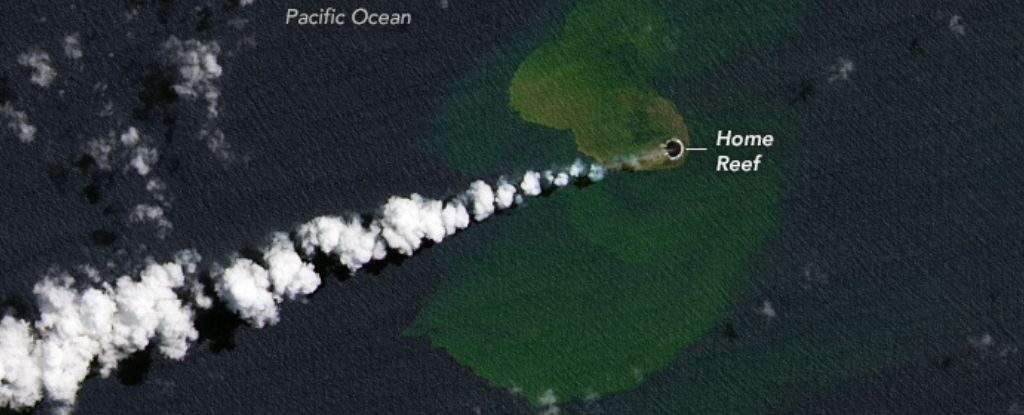- Joined
- Jul 19, 2004
- Messages
- 29,622
- Location
- Out of Bounds
One of the unsuccessful attempts to re-locate Pagoda Rock is chronicled in Shaskleton's Last Voyage:
SOURCE: http://scans.library.utoronto.ca/pdf/3/16/shackletonslastv00wilduoft/shackletonslastv00wilduoft.pdf
On this same day we reached the charted position of Pagoda Rock. It was first reported by Lieut. T. E. L. Moore, in the Pagoda, in 1845, in the following words :
In the afternoon of the same day (Thursday), January 30th, 1845, we fell in with a most singular rock,or rock on an iceberg. It appeared to be a mass of rock about 1,600 tons, and the top was covered with ice, and did not appear to have any visible motion, with a heavy sea beating over it. It had a tide mark round it.
We tried for soundings with 200 fathoms, and the first time we fancied we had struck the ground, but before we could try again we had drifted some distance off. We could not send a boat or beat the ship up against the breeze that was then blowing.
In our position, lat. 60° 11' S. and 4^ 47' E. long., however, there was no sign of it, though we made a traversing cruise, and a sounding which showed a depth, of 2,980 fathoms gave no indication of shoaling in the vicinity.
It is rather remarkable, however, that towards evening we sow a very curious-looking berg, very dark green in colour and heavily stained with some earthy material.
SOURCE: http://scans.library.utoronto.ca/pdf/3/16/shackletonslastv00wilduoft/shackletonslastv00wilduoft.pdf



